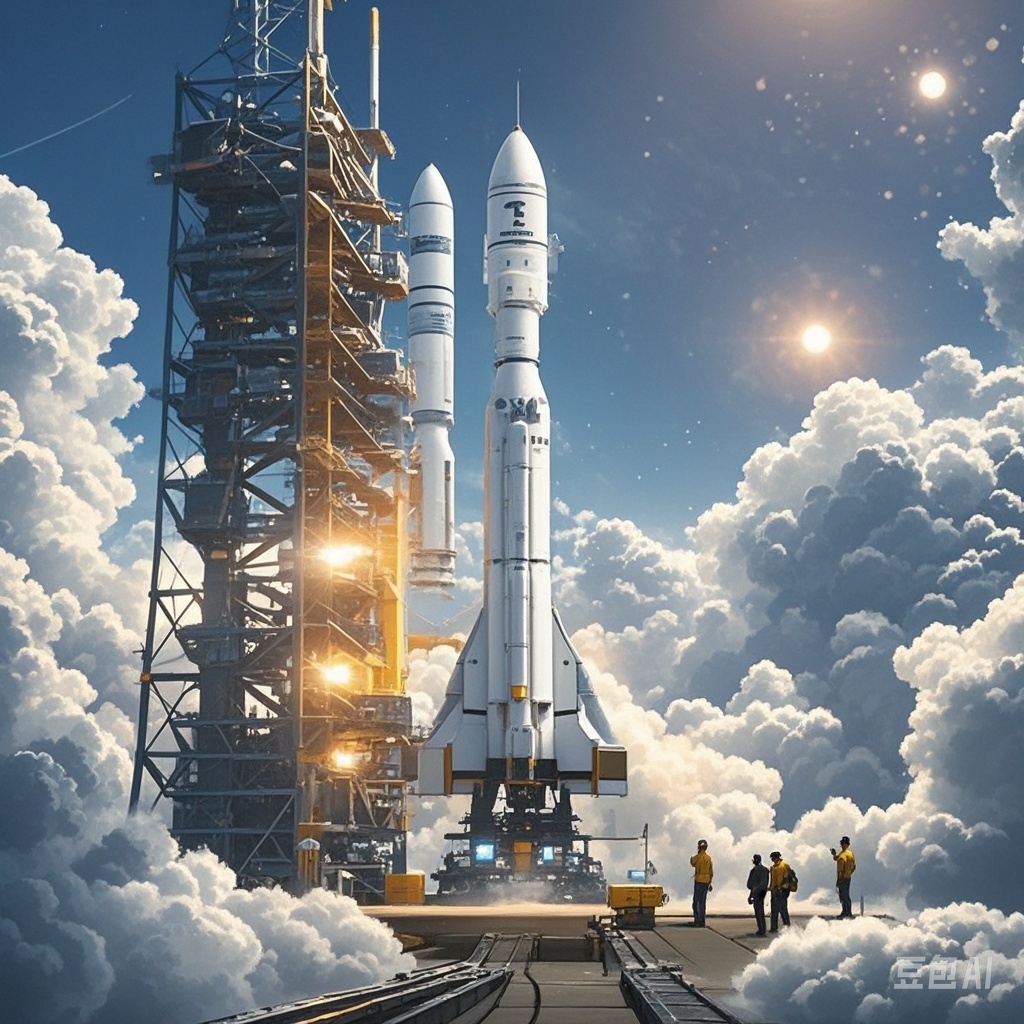The application of laser technology in the aerospace field is not only diverse but also continually drives innovation and progress in technology.
1. Distance Measurement and Navigation:
Laser radar (LiDAR) technology enables high-precision distance measurement and three-dimensional terrain modeling, allowing aircraft to identify obstacles in complex environments in real time, enhancing flight safety. Particularly during the landing of drones and spacecraft, the real-time ground information provided by laser technology ensures more accurate landings and operations, reducing the risk of accidents. Additionally, laser navigation systems maintain high-precision positioning even in weak or unavailable GPS signal conditions, which is crucial for deep-space exploration.
2. Communication:
The application of laser communication systems significantly enhances data transmission speeds, especially between low-Earth orbit satellites and deep-space probes, supporting higher data traffic. Compared to traditional radio communication, laser communication offers stronger anti-jamming capabilities and higher confidentiality. With the advancement of laser communication technology, it is anticipated that a global high-speed network could be achieved in the future, facilitating real-time data exchange between ground and space, thus promoting scientific research and commercial applications.
3. Material Processing:
Laser cutting and welding technologies are essential not only in the manufacturing of spacecraft structures but also in the precise processing of spacecraft components and materials. These technologies operate within extremely tight tolerances, ensuring the reliability of spacecraft under extreme conditions such as high temperatures, high pressures, and radiation. Additionally, laser processing technology can be applied in the manufacture of composite materials, reducing overall weight and improving spacecraft performance.
4. Remote Sensing:
The use of laser technology in remote sensing satellites allows for the precise measurement of the Earth’s surface height and features, enabling accurate monitoring of natural disasters, environmental changes, and resource distribution. For example, laser radar can be used to assess changes in forest cover, monitor glacier melting, and measure sea-level rise, providing critical data to support global climate change research and policy-making.
5. Laser Propulsion Systems:
The exploration of laser propulsion technology represents the future potential of aerospace propulsion systems. By utilizing ground-based laser facilities to provide energy to spacecraft, this technology can significantly reduce launch costs and decrease spacecraft dependence on fuel. It holds the promise of transforming deep-space exploration, supporting long-duration missions without the need for frequent resupply, and greatly expanding humanity’s capacity to explore the universe.
6. Scientific Experiments:
Laser technology plays a vital role in space experiments, such as laser interferometers used for gravitational wave detection, allowing scientists to study fundamental physical phenomena in the universe. Furthermore, lasers can be employed in material research under microgravity conditions, helping scientists understand material behavior under extreme conditions, which is significant for the development and application of new materials.
7. Laser Imaging:
Using laser imaging systems on spacecraft enables high-resolution imaging of the Earth’s surface for scientific research and resource exploration. This technology is particularly important for detecting surface features of planets and asteroids.
8. Laser Thermal Treatment:
Lasers can be utilized for surface treatment of spacecraft, enhancing the heat resistance and corrosion resistance of materials, thereby extending the lifespan of spacecraft.
In summary, the widespread application of laser technology in the aerospace field not only enhances operational safety and efficiency but also advances scientific research, providing more possibilities for humanity’s exploration of the universe.
Lumispot
Address: Building 4 #, No.99 Furong 3rd Road, Xishan Dist. Wuxi, 214000, China
Tel: + 86-0510 87381808.
Mobile: + 86-15072320922
Email: sales@lumispot.cn
Post time: Sep-24-2024

